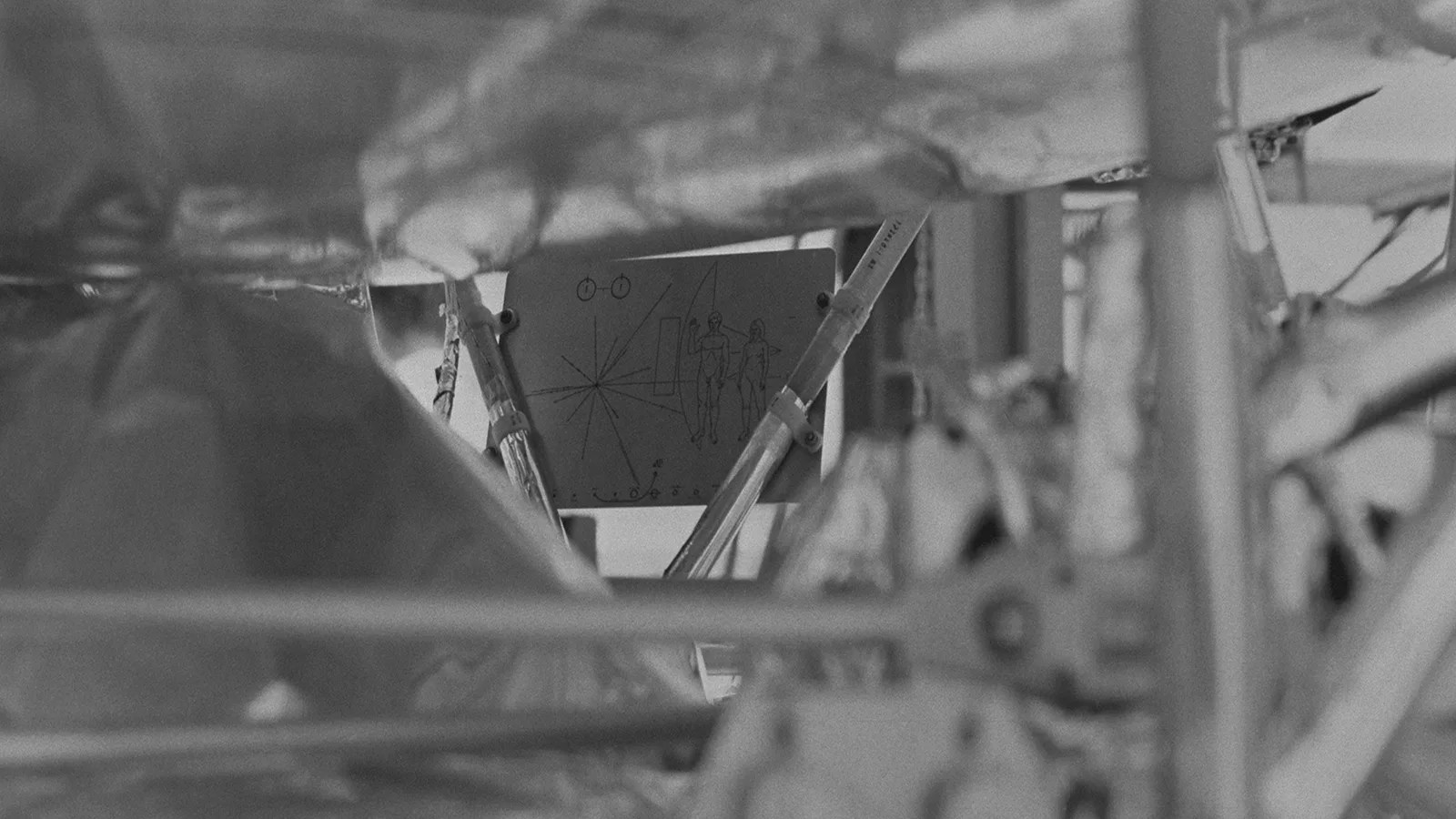And here is the “echo” incident from when Geordie’s runaway team is headed for the Brandywine battlefield:
"At the very moment I climbed to the seat and took up the reins, the valley behind me exploded with artillery fire. Terrified, Daisy and Buttercup reared in their traces. Up and up they went, pawing the smoke-filled air. Then they plunged back to the ground, landing at a dead run. For a few breathless moments I simply clung to the reins, pulling for all I was worth, but the horses were too panic-stricken to feel the bits sawing at their mouths. My arms ached from the effort, and I eased off to recover some strength for another try. Perhaps my horses bolting might be a blessing in disguise, I thought. It would surely get me away from the Brandywine much faster than their usual pace. Then I realized where we were headed: due east toward Birmingham Road, where the British and Americans were about to clash in battle. With strength born of fear, I reached for the brake, only to have the lever break off in my hand.
The Riddle of Penncroft Farm © 1989 by Dorothea Jensen




